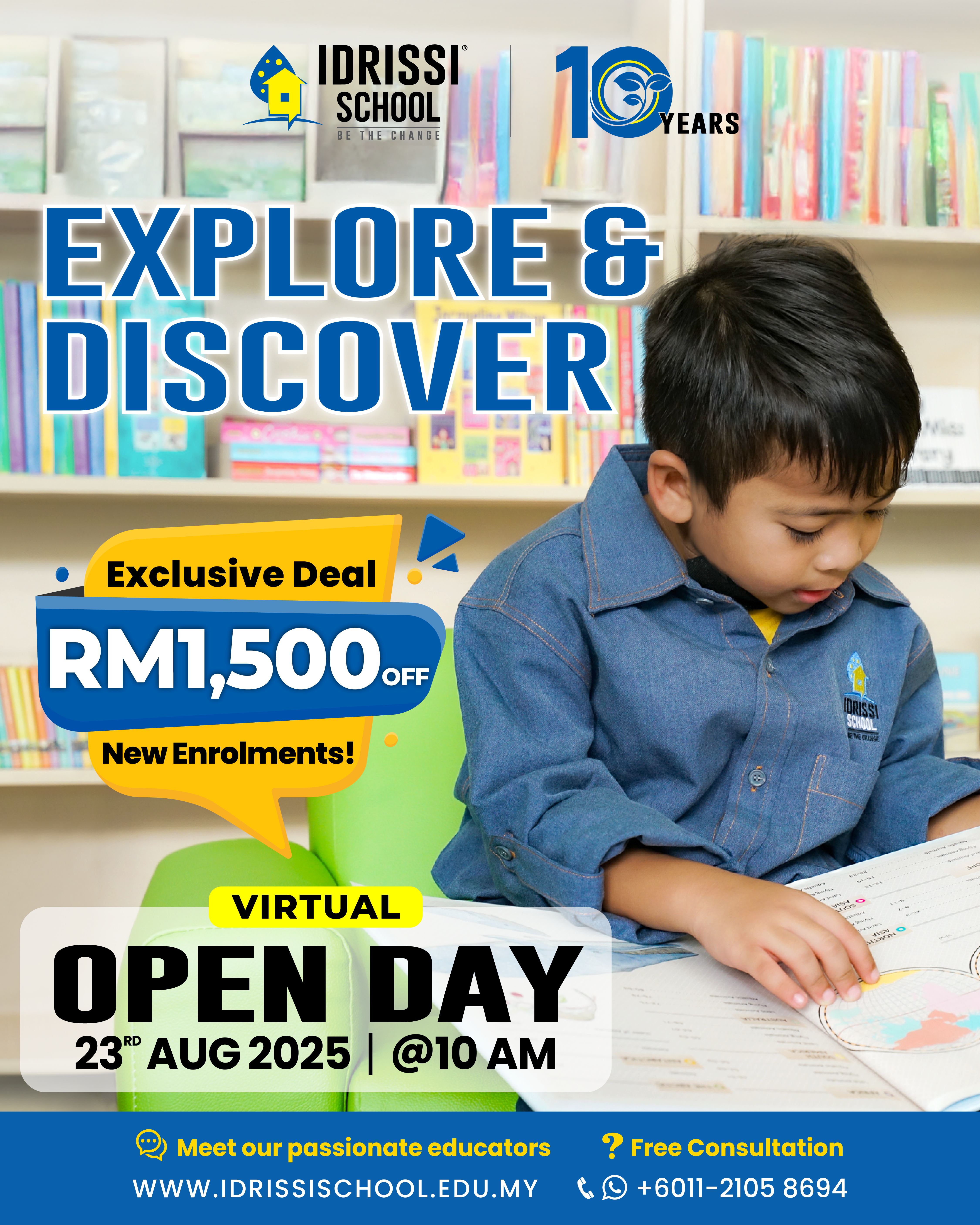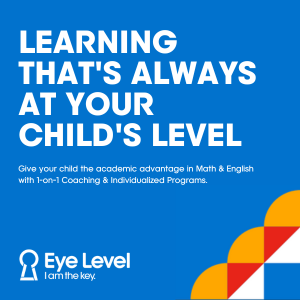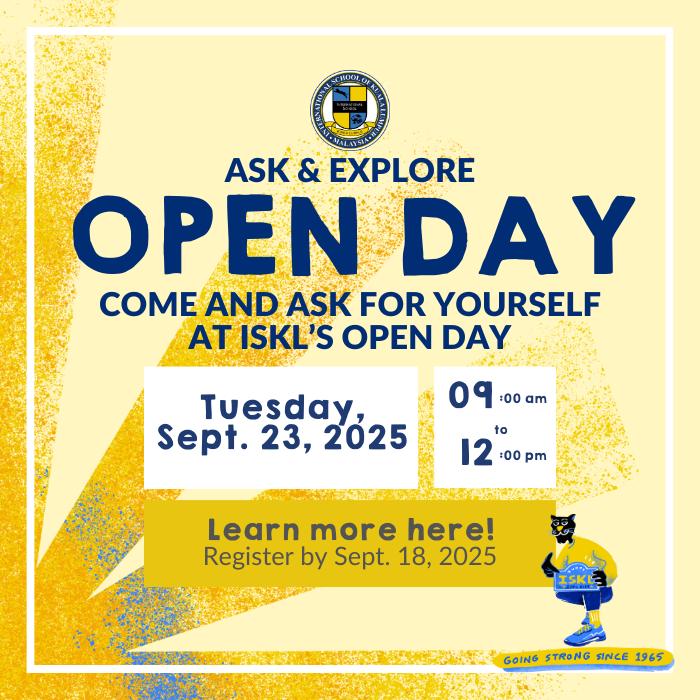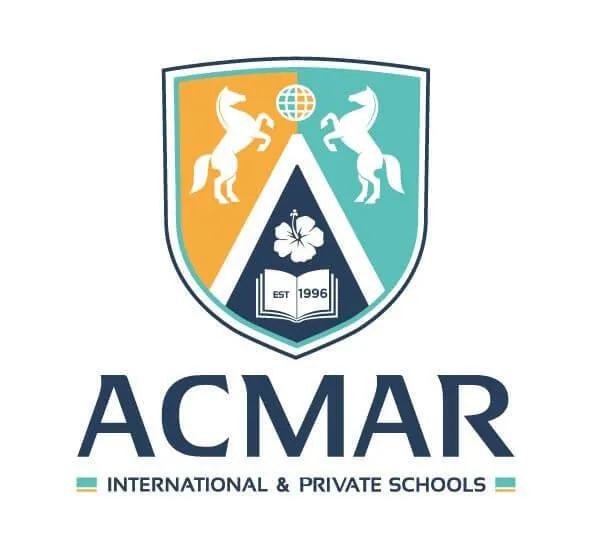
The International Middle Years Curriculum (IMYC) is a curriculum for 11 to 14 year olds that creates opportunities for students to become confident, independent and engaged learners. Anne Keeling from Fieldwork Education provides an overview of the IMYC.
The International Middle Years Curriculum (IMYC) is changing the way 11 to 14 year olds learn. It is a curriculum (the older sister of the hugely successful International Primary Curriculum or IPC), specifically designed around the needs of the maturing adolescent brain and, as such, provides challenging, engaging, connected and relevant learning. The IMYC inspires students during a time when many, overwhelmed by the transition from primary to secondary education on top of the changes in their bodies and brains, can become disengaged in their learning. Neurological research tells us that during adolescence, the brain is synthesizing and specialising. As a result, middle years students need particular support organizing and connecting their thinking and learning. This “fine tuning” of the brain requires young people to make connections and make meaning of their learning like never before – in a “use it or lose it” fashion. Because of this brain development, young teenagers experience an increasing need to make sense of the world and to understand who they are and where they fit into it all. They engage most in learning when they can see the relevance of what they are learning about, and when they are actively involved. These learning needs are all addressed specifically through the IMYC.
Learning with the IMYC

Focus Independent School, Indonesia. Students present media projects to the School Board as part of the IMYC
Learning with the IMYC is structured in six week units based around a conceptual idea, called the “big idea”. For example, one IMYC unit is: “Things are more stable when different elements are in the correct or best possible proportions.” Students link the learning in their different subjects through the big idea, considering what they’re learning from a personal and global perspective. They reflect regularly by responding to structured questions. This process is called “reflective journaling” and it is designed to help students formulate and develop a personal and conceptual understanding of the subject knowledge and skills that they’re learning based around the big idea.

Students at Focus Independent School in Indonesia visit an eco-friendly house as part of the IMYC Adaptability unit
At the end of each six week unit, students then work in small groups to present a piece of work in the form of a media project that reflects their own thinking on the big idea to their classmates, parents or whole school. This gives students the opportunity to express themselves through a creative medium and to practice and improve their presentation and technological skills. Students in IMYC member schools all over the world are producing powerful, thought-provoking and creative media projects inspired by the big idea on such topics as the Everglades, art in Chicago, cyber bullying and global warming.
This learning approach, which creates opportunities for working with peers, taking risks in a safe environment, connecting learning and developing a personal perspective, helps students to become confident, independent and engaged learners. It also provides them with the necessary academic rigor and transferable skills to prepare them well for GCSE or IGCSE, A Levels and the International Baccalaureate (IB) Diploma. IMYC member schools, including a growing number of international schools in Southeast Asia, and their students are part of a global IMYC community through which they share learning experiences, ideas and resources. This includes national schools in the UK, USA and the Netherlands as well as international schools around the world. The IMYC is part of Fieldwork Education which, since 1984, has been helping schools around the world to develop children’s learning.

















![[Autism Behavioral Center] Autism used to be hidden. Some Malaysians are changing that… through baking!](https://mint-edm.sgp1.digitaloceanspaces.com/production/IhlMANcNIYeQj5pn5l2Be3YjDZVlXV.jpg)























